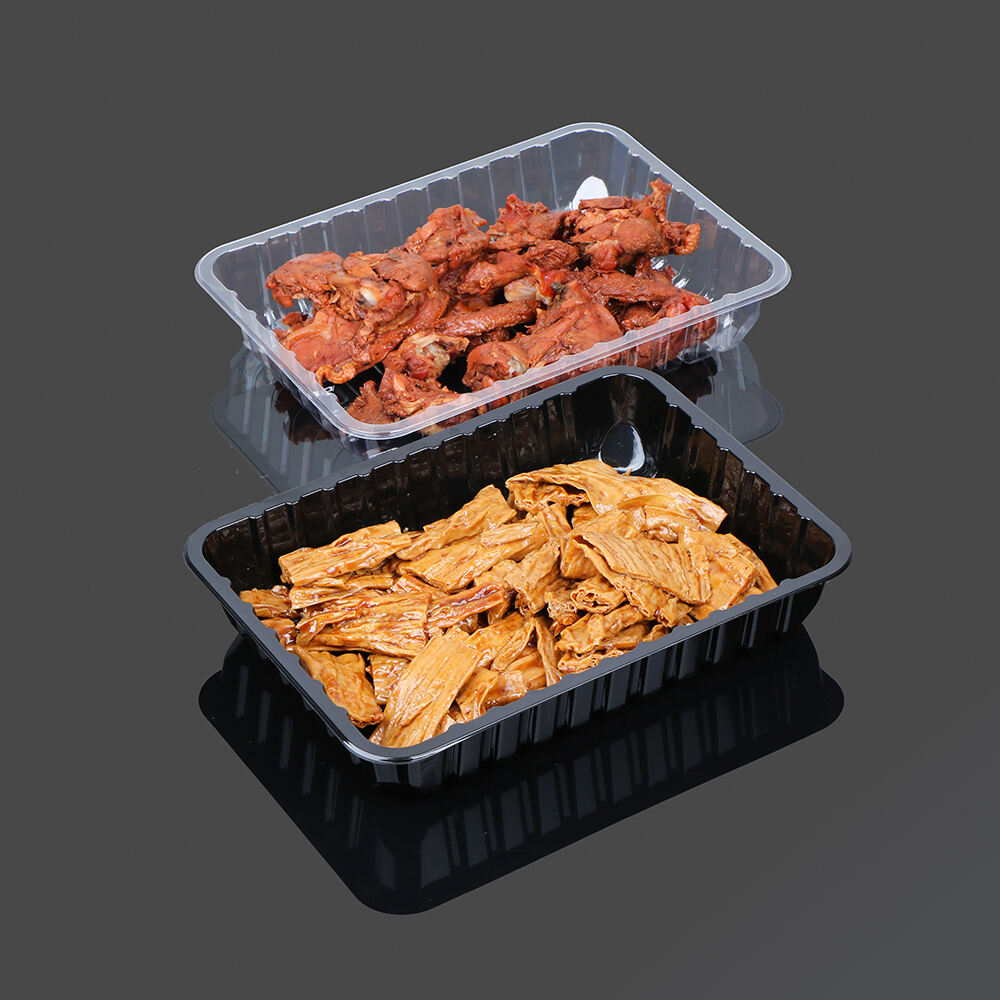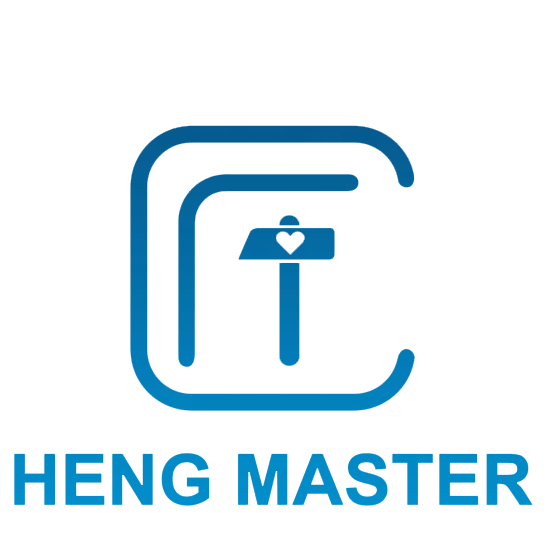MAP tray packaging refers to the use of trays in conjunction with Modified Atmosphere Packaging (MAP) technology to preserve and protect perishable food products. This packaging method involves placing food in a tray, flushing the tray with a controlled mixture of gases (typically carbon dioxide, nitrogen, and oxygen), and then sealing the tray with a gas-impermeable film to maintain the modified atmosphere. The gas mixture is tailored to the specific food type, inhibiting microbial growth, slowing oxidation, and reducing respiration in fresh produce, all of which extend the food's shelf life significantly. MAP tray packaging is widely used for a variety of foods, including meats, poultry, seafood, fruits, vegetables, cheeses, and prepared meals. The trays, made from high-barrier plastics like PET (polyethylene terephthalate) or PP (polypropylene), provide structural support to prevent physical damage to the food during transportation and display. They are available in various sizes and configurations, from small individual portion trays to large bulk trays, with options for transparency to allow consumers to view the product clearly. The sealing film used in MAP tray packaging is designed to be puncture-resistant and to maintain the gas barrier, ensuring the modified atmosphere remains intact until the package is opened. This type of packaging is compatible with automated production lines, making it suitable for high-volume food processing. It also works well with refrigerated or frozen storage, as cold temperatures enhance the effectiveness of the modified atmosphere in preserving food quality. Manufactured in compliance with food safety standards, MAP tray packaging is safe for direct contact with food, ensuring no harmful substances leach into the product. By extending shelf life, reducing waste, and improving product presentation, MAP tray packaging offers significant benefits to both retailers and consumers.


Copyright © 2025 by Zhejiang Hengjiang Plastic Co., Ltd. - Privacy policy